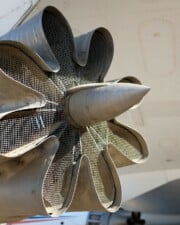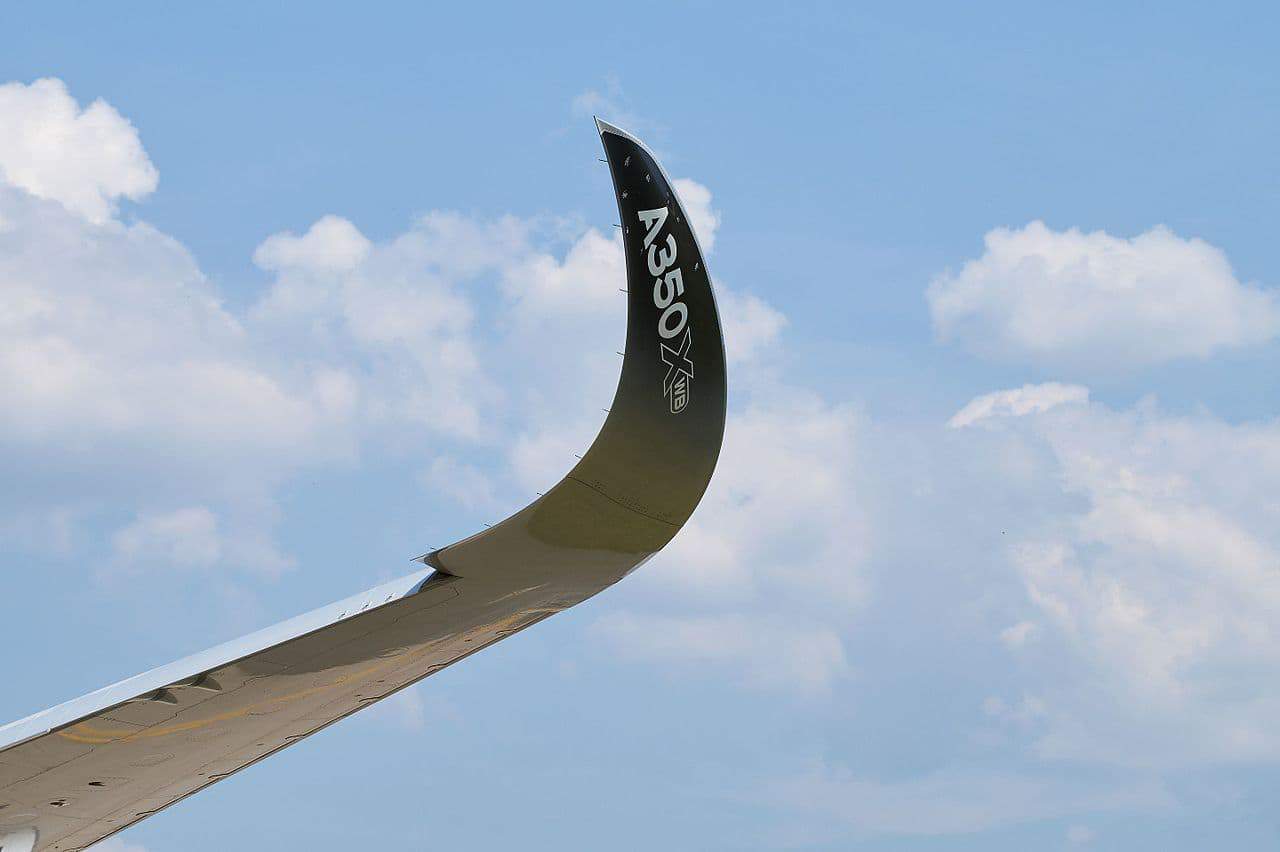Private jets certainly look slick, but when it comes to turbulence, do private jets suffer more or less than commercial planes? While commercial jets have size on their side, does the superior performance of a private jet reduce the threat of turbulence? Read on to find out.
The answer is both yes and no. Private jets are less likely to encounter turbulence than commercial aircraft, as they have a quicker climb and usually cruise above turbulence. But when private jets do experience turbulence, their smaller size means that it may feel more violent to passengers than it would in a larger commercial jet.
Low-level weather
All planes have what is known as a ‘service ceiling’, an altitude beyond which the plane cannot sustain a safe margin between its maximum speed and stall speed. The nominated cruising altitude will be just below this ceiling.
For commercial jet planes, this ceiling generally lies at around 39,000ft, with planes like the B747 as the rare exception. Propeller aircraft however, such as the DHC-8, have even lower cruising altitudes of around 27,000ft.
Turbulence is often caused by weather, and it usually stays around the lower levels, where there is the most moisture in the air. Commercial and private jets can climb out of this band of yucky weather into the crystal blue above, but turbo-prop crews unfortunately have to spend their entire flight within this area.
Although most turbulence occurs at low level, angry storm cells (known as cumulonimbus or CBs for short) expand upwards as their energy intensifies. These don’t often exceed 35,000ft. But occasionally they can grow as high as 39,000ft, punching through that clear weather area.
So when CBs have ballooned to these upper levels, most commercial jets cannot outclimb them and must instead try to navigate around the cell. But private jets still have plenty of performance in hand at these levels and can climb above the turbulent levels to 51,000ft if required.
Of course this does mean that a private jet may experience some turbulence during the climb or descent, but rarely during the cruise.
High Level Turbulence
High level turbulence is usually caused by jet streams. These huge bands of wind stretch across continents and can be seen from space. Due to their size they are often impossible to avoid.
But jet streams are usually located between 30,000 and 39,000ft, below the cruising altitude for private jets. The jet streams that do present themselves above this altitude are much weaker, so they will not generate the same amount of turbulence.

Planning Ahead
Before a flight, pilots will examine the predicted altitude and location of weather and jet streams, so that they might know when to expect turbulence.
For commercial pilots, there is not much that can be done if a huge mass of weather meets their cruising altitude. If the band of weather is too large to avoid, crews must press on, perhaps informing the cabin crew and putting the seatbelts on.
But private jets have a much more flexible schedule and can refile their flight plan to avoid these areas of turbulence ahead of time.
Size Matters
When in turbulence, a large airliner such as a Boeing 747 will absorb a lot of the violent movements. Due to its heavy weight, it can resist the air’s motion and increase passenger comfort. A smaller plane will not be able to resist turbulence as easily, because the less weight an aircraft has, the more likely it is to be carried along in the air currents.
Being smaller, ‘bizjets’ are prime candidates for wake turbulence. This is when the wake made by a large airplane ahead disrupts the airflow for the following airplane. Smaller planes that try to fly into this wake will be tossed around the air like a leaf and be rendered completely uncontrollable.
There have been several accidents involving this kind of turbulence, one ‘bizjet’ was even flipped upside down because it flew through the wake of an A380. For this reason it is now mandatory for smaller aircraft to wait a minimum of 2 minutes before they can take off after a heavier aircraft. This video shows just what can happen when wake turbulence is not properly respected.
References ▾
Related Posts














